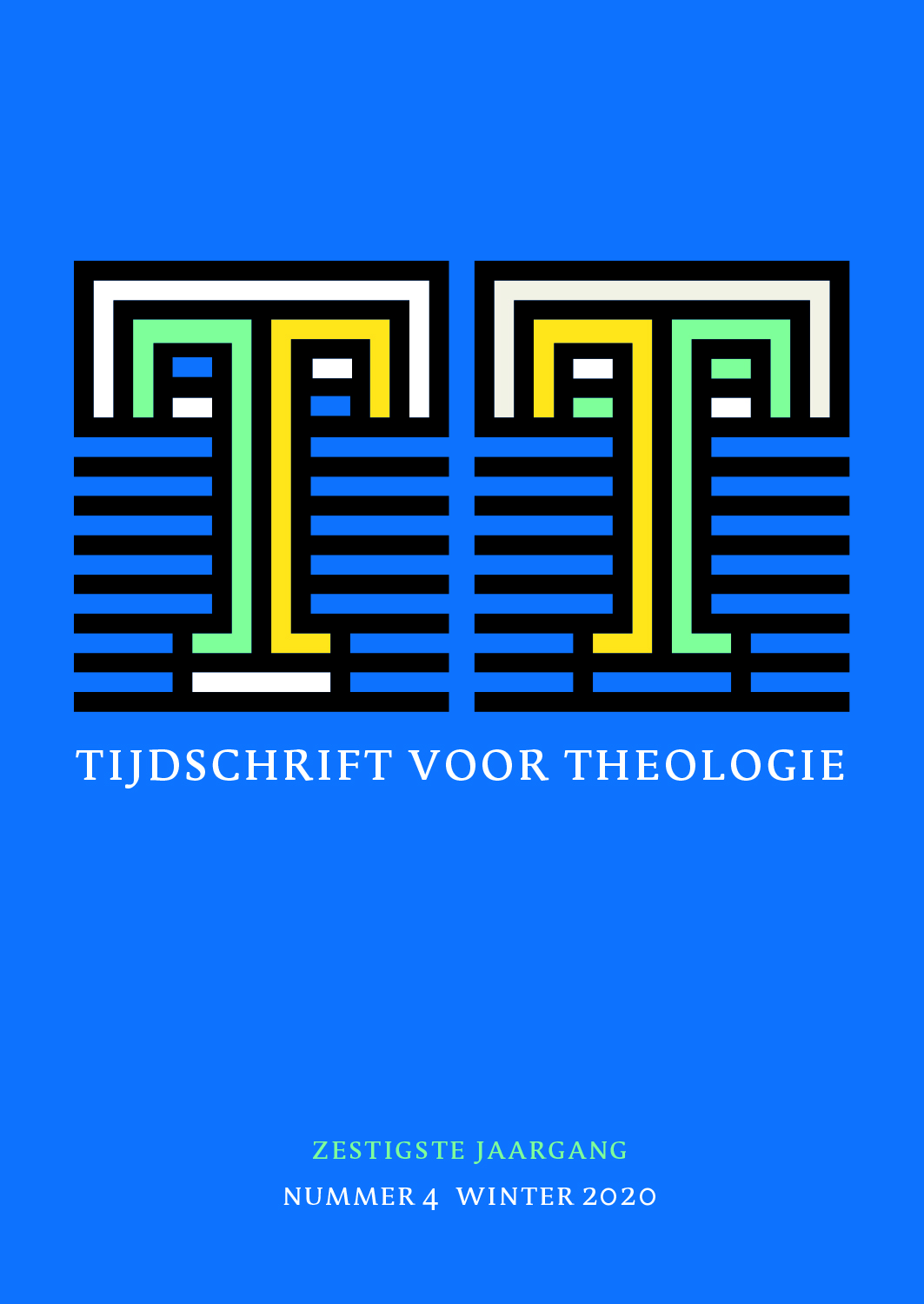 previous article in this issue previous article in this issue | next article in this issue  |

|
Document Details : Title: ‘In Hem is Gods volheid lijfelijk aanwezig’ Subtitle: Jezus en de religies Author(s): VALKENBERG, Pim , GORIS, Harm Journal: Tijdschrift voor Theologie Volume: 48 Issue: 4 Date: 2008 Pages: 403-421 DOI: 10.2143/TVT.48.4.3203509 Abstract : The particularity of God’s revelation in Christ and the universal meaning related to it are back in the spotlight of contemporary theology. Not only J. Ratzinger, but also postliberal theology and what some call comparative theology oppose the tendency to qualify the theological relevance of divine revelation’s historical contingency. In his book Introducing Theologies of Religions (2002), P.F. Knitter argues for using what he has dubbed the acceptance model alongside exclusivism, inclusivism and pluralism, the three prevalent models. The acceptance model gives pride of place to each religion’s irreducible uniqueness. The first part of the article depicts some theologians’ tendency to qualify Jesus’ revelation when they argue for a shift from a christological to a trinitarian starting point in the theology of religions. As in some intercultural approaches, this disregards the distinctive character of God’s revelation in Christ, which has led to a theological response in which Christ is once again placed diametrically opposed to other cultures and religions. The second part contains a christological framework – built on Chalcedon’s teaching on Christ’s two natures – for the theological importance of the characteristic features of non-Christian religions. It delves into the history of theology passing via Hick (Jesus is totus Deus but not totum Dei) and Calvin (extra Calvinisticum) to Thomas Aquinas. The latter argues that Jesus is totus Deus, but not totaliter. Because Jesus’ created, finite human nature cannot encompass His uncreated, infinite divine nature, there must be room for a revelation of God that is different from that in Jesus without this detracting from the distinctiveness and fullness of the revelation in Jesus. The third part suggests first steps toward particularistic approaches to the person of Jesus in dialogue with Judaism and Islam that have their own traditional approaches to Jesus as well. The authors show that a phenomenological, comparative approach often produces no more than superficial results and that a purely confessional approach also does little to advance dialogue. They believe that only a comparative theology that takes all engaged traditions seriously can do justice to the distinctiveness that surfaces in these traditions. |
|
